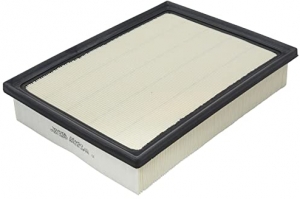-
Welcome to 4Runners.com!
You are currently viewing as a guest! To get full-access, you need to register for a FREE account.
As a registered member, you’ll be able to:- Participate in all 4Runner discussion topics
- Transfer over your build thread from a different forum to this one
- Communicate privately with other 4Runner owners from around the world
- Post your own photos in our Members Gallery
- Access all special features of the site
neverEnoughRice's Dual Battery Mod
Discussion in '5th Gen 4Runners (2010-2024)' started by neverEnoughRice, Jul 10, 2023.

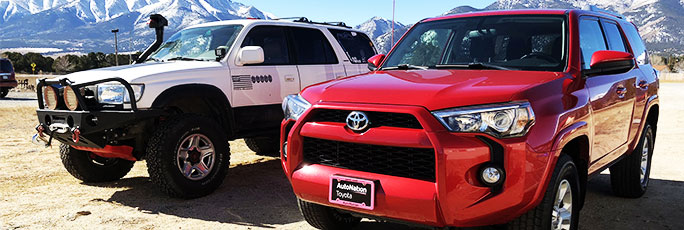
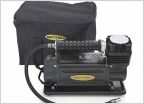 Smittybuilt 2781 or VIAIR 400P?
Smittybuilt 2781 or VIAIR 400P?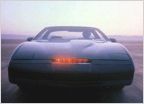 Lighted Bug Shield
Lighted Bug Shield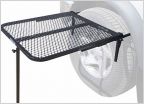 Instant table
Instant table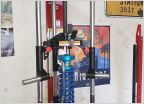 Any suggestions for a good brand of spring compressors that won't kill or maim me?
Any suggestions for a good brand of spring compressors that won't kill or maim me? Oil change
Oil change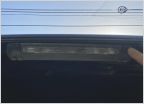 Brighter?!? lmk..
Brighter?!? lmk..









